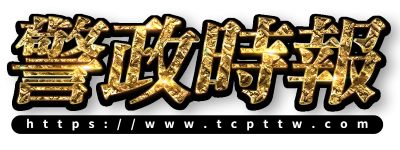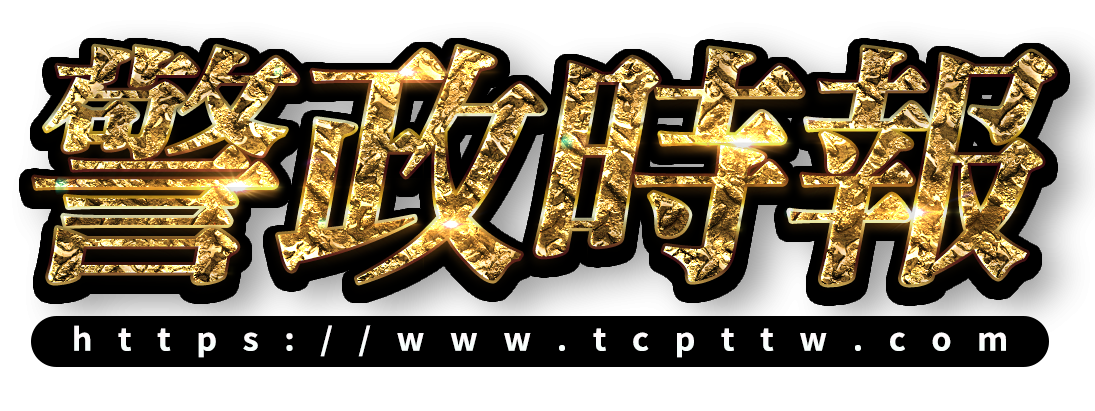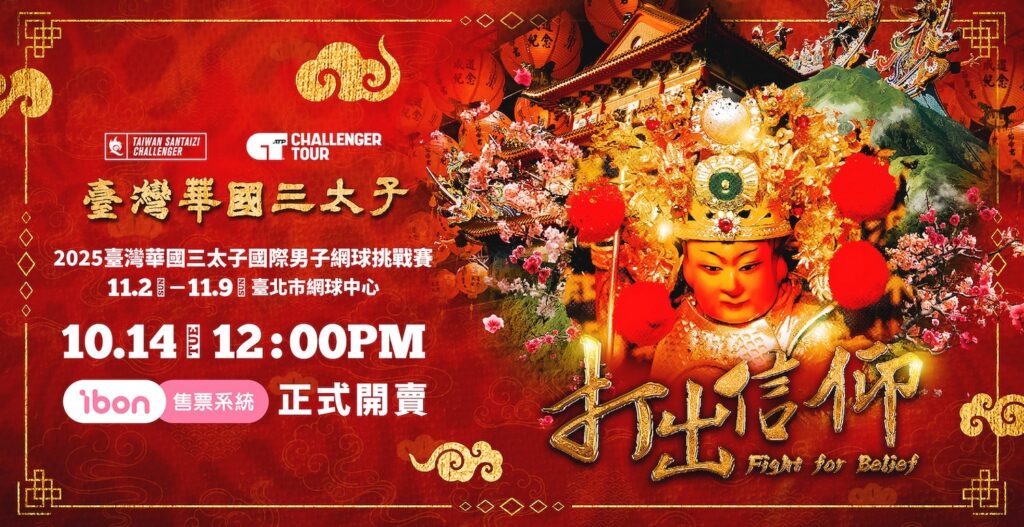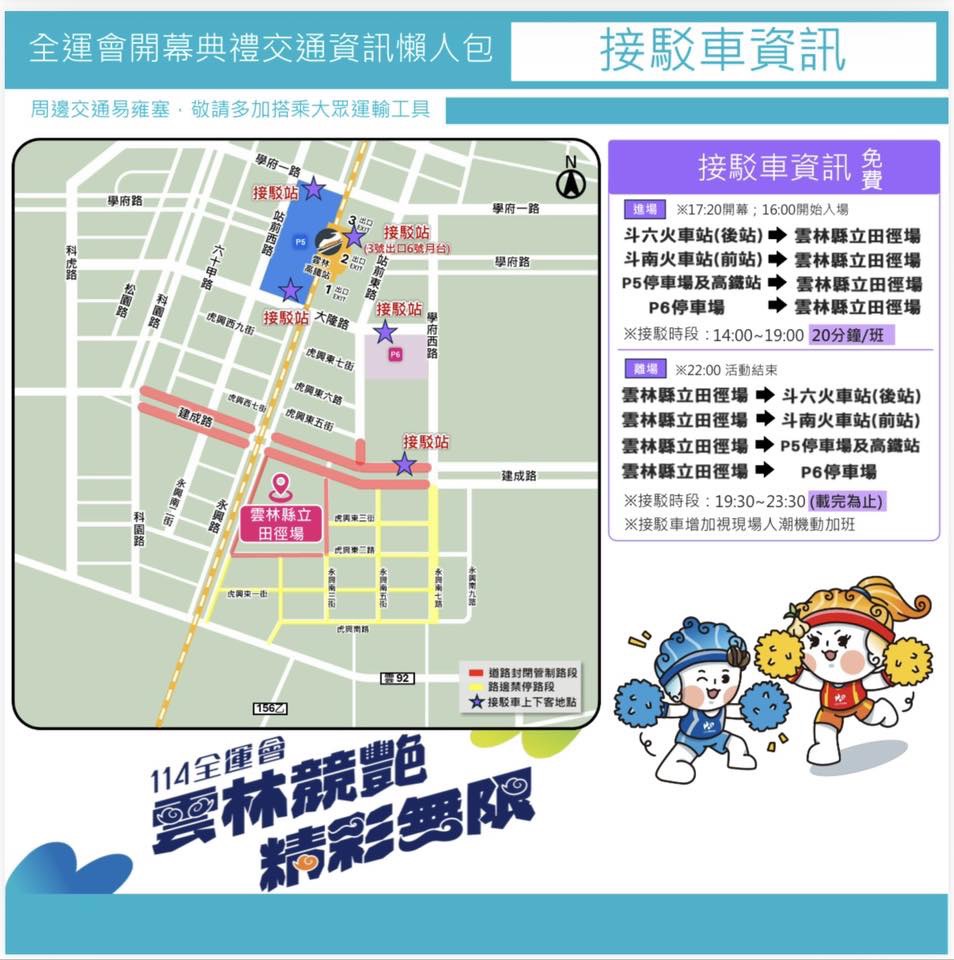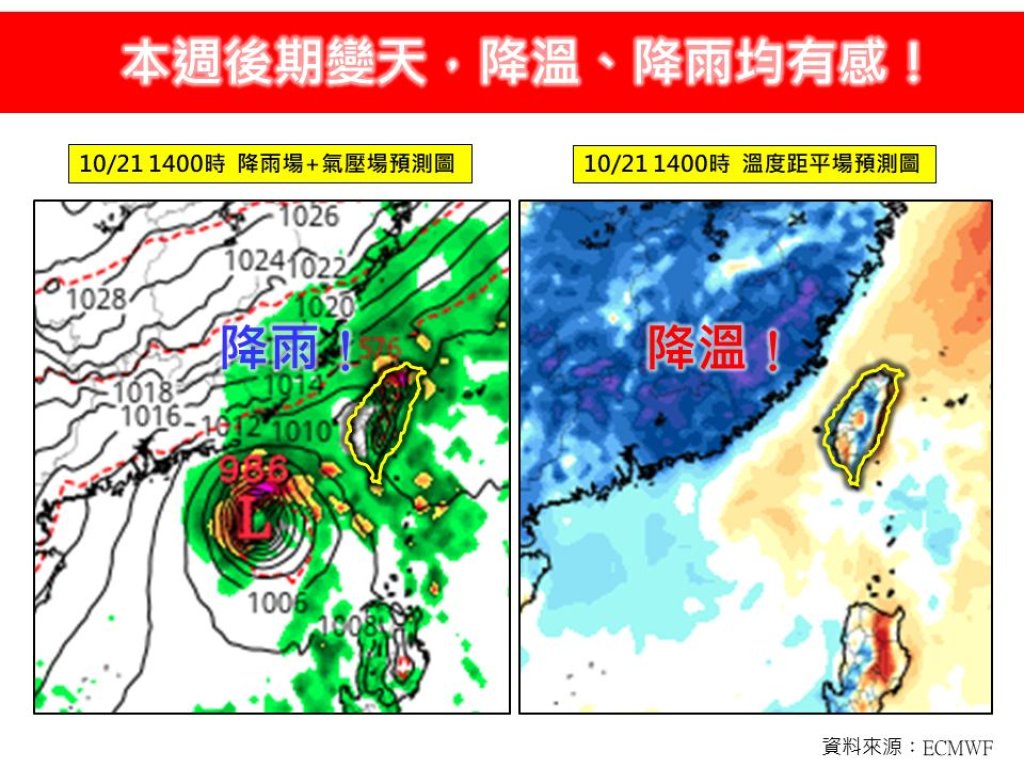Building upon the foundational idea that How Symbols Interact: From Music to Fashion, we now explore how symbols serve as bridges between personal identity and broader cultural transformations. Symbols are not static; they evolve, reinterpret, and adapt across time and contexts, shaping and reflecting who we are individually and collectively. This interconnectedness highlights the dynamic role symbols play in our ongoing cultural narrative.
- The Personal Dimension of Symbols: Identity Formation Across Time
- Cultural Transformation Through the Lens of Symbols
- The Semiotics of Personal and Cultural Symbols: Signification and Reinterpretation
- Symbols as Agents of Cultural Change and Personal Rebellion
- The Role of Art and Media in Evolving Symbolic Languages
- Intergenerational Transmission of Symbols and Their Evolving Meanings
- Future Directions: The Digital Age and the Reconfiguration of Symbols
- Connecting Back to the Parent Theme: From Music and Fashion to Personal and Cultural Identity
The Personal Dimension of Symbols: Identity Formation Across Time
Symbols are fundamental to how individuals craft and communicate their unique identities. Historically, personal symbols such as clothing, body modifications, or possessions have served as markers of belonging or differentiation. For example, ancient tribes used tattoos and body paint to signify social status or spiritual beliefs, illustrating how symbols are intertwined with personal and communal identity.
Today, this personal-symbolic expression has expanded into diverse forms like digital avatars, personalized jewelry, or even social media profile images. These symbols are constantly adopted, adapted, and reinterpreted, reflecting our ongoing internal dialogues about who we are and how we want to present ourselves.
A compelling example is the rise of tattoos as a form of permanent self-expression. According to a 2022 survey by the Harris Poll, over 60% of people with tattoos consider their ink to be a significant part of their identity, often marking life milestones or personal beliefs. Similarly, the digital realm allows for rapid reinterpretation of symbols, such as changing avatars or online handles, which serve as dynamic expressions of evolving self-perceptions.
Psychologically, symbols influence our self-perception by reinforcing confidence and providing a sense of continuity amid change. When individuals wear certain jewelry or display specific symbols, these elements can act as anchors to their identity, especially during transitional life phases.
Cultural Transformation Through the Lens of Symbols
Major cultural shifts, such as globalization and digitalization, continuously reshape the meanings attached to symbols. For example, the peace sign, initially a symbol of anti-war movements in the 1960s, has been reinterpreted across generations and contexts—sometimes losing its original activism connotation, other times resurgent in social protests.
The digital age has introduced new symbols—emojis, memes, and viral icons—that transcend traditional cultural boundaries. These symbols facilitate rapid communication and shared understanding across diverse groups, but they also evolve quickly, reflecting shifting cultural values. For instance, the rainbow flag, once a symbol of LGBTQ+ pride, has become a broader icon for diversity and inclusion in many societies.
Social movements increasingly rely on symbols to rally support and articulate identities. The Black Lives Matter movement popularized symbols like the raised fist, which has historical roots but gained renewed significance in contemporary protests, demonstrating how symbols can serve as powerful tools for cultural transformation.
The Semiotics of Personal and Cultural Symbols: Signification and Reinterpretation
Semiotics—the study of signs and symbols—explains how meanings are assigned and redefined over time. Symbols are not fixed; their significance depends on social, cultural, and individual contexts. For example, the swastika, an ancient symbol used in various cultures, was appropriated by the Nazi regime, drastically altering its meaning in the modern world.
In digital communication, familiar symbols often acquire new meanings rapidly. An image of a checkmark can signify approval in one context but may be used sarcastically in others. The fluidity of symbols in social media underscores their dynamic nature and the importance of context in interpretation.
Furthermore, reinterpretation allows symbols to evolve from personal artifacts to cultural icons. The peace symbol, once a specific anti-war emblem, now appears in fashion, art, and activism, demonstrating how symbols can transcend their original signification and adapt to new narratives.
Symbols as Agents of Cultural Change and Personal Rebellion
Individuals and groups often deploy symbols to challenge societal norms and express dissent. Punk subcultures, for example, adopted safety pins, ripped clothing, and provocative slogans as rebellious symbols against mainstream culture in the late 1970s. These symbols became powerful statements of non-conformity and resistance.
Countercultures frequently develop their own symbolic languages—think of the goth movement’s use of dark clothing and occult motifs or hip-hop’s adoption of specific hand gestures and fashion styles—that serve as markers of identity and resistance. Over time, some of these symbols infiltrate mainstream culture, often losing their rebellious edge but still carrying traces of their original intent.
Rebellious symbols influence cultural narratives by challenging dominant values, prompting societal reflection, and fostering new ways of thinking. Their evolution demonstrates how symbols are not merely passive markers but active agents of cultural transformation.
The Role of Art and Media in Evolving Symbolic Languages
Artistic expression often acts as a catalyst for redefining and expanding the meaning of symbols. From Picasso’s Guernica to street art murals, artists embed symbols that critique, celebrate, or question cultural values. These visual languages influence public perception and can lead to shifts in collective understanding.
Media plays a crucial role in propagating new symbols and reshaping existing ones. The advent of social media platforms accelerates the dissemination and reinterpretation of symbols, making them more fluid and accessible. For example, viral images or videos can quickly establish new cultural symbols or revive old ones, impacting societal discourse.
Visual culture and symbols are deeply intertwined, with symbols serving as visual shorthand for complex ideas. The evolution of logos, branding, and pop culture icons exemplifies how media influences the ongoing symbolic dialogue.
Intergenerational Transmission of Symbols and Their Evolving Meanings
Families and communities pass down symbols that carry layered, often multifaceted meanings. Traditional garments, religious icons, or family crests serve as symbols of heritage and identity. Yet, these symbols are reinterpreted in modern contexts—such as wearing a family heirloom as a fashion statement or adapting religious symbols to contemporary art.
This transmission fosters cultural continuity but also presents challenges. As societies modernize and globalize, traditional symbols risk losing their original significance or being co-opted into new narratives. For example, indigenous motifs may be appropriated in fashion without regard for their cultural roots, raising questions about authenticity and respect.
Conversely, reinterpretation offers opportunities to evolve symbols, making them relevant to younger generations while maintaining their core meaning. This dynamic process underscores the importance of dialogue between tradition and innovation in cultural preservation.
Future Directions: The Digital Age and the Reconfiguration of Symbols
Digital technology introduces new modes of personal and cultural expression through symbols like emojis, GIFs, and virtual identities. Emojis, for example, have become a universal language, capable of conveying complex emotions and ideas instantly across cultures. According to a 2023 report by Emojipedia, over 90% of social media posts include emojis, illustrating their integral role in digital communication.
Virtual identities—avatars, online personas, and even blockchain-based digital assets—are reshaping how we understand personal symbolism. These digital symbols often carry layered meanings, representing aspirations, affiliations, or social status in virtual worlds like gaming, social media, or metaverse environments.
Technological innovations may lead to shifts in cultural symbolism, such as the rise of augmented reality art or AI-generated symbols that challenge traditional notions of authenticity and authorship. As our digital landscapes evolve, so too will the symbolic languages that underpin our social fabric.
Connecting Back to the Parent Theme: From Music and Fashion to Personal and Cultural Identity
The ongoing evolution of symbols across personal and cultural domains demonstrates a continuous dialogue—much like that described in How Symbols Interact: From Music to Fashion. Whether in music, fashion, or personal artifacts, symbols serve as expressive tools that shape our identities and reflect societal shifts.
As personal symbols become more intertwined with digital media, they reinforce the dynamic relationship between individual expression and cultural trends. The fluidity and reinterpretation of symbols empower us to challenge norms, honor heritage, and embrace innovation simultaneously.
“Symbols are the bridge that connects our personal stories with the broader narrative of cultural change, continuously reshaping the way we see ourselves and the world around us.”
Understanding this interconnectedness enriches our appreciation of the symbolic language that underpins human experience, emphasizing the importance of both tradition and innovation in crafting meaningful identities across generations and cultures.
